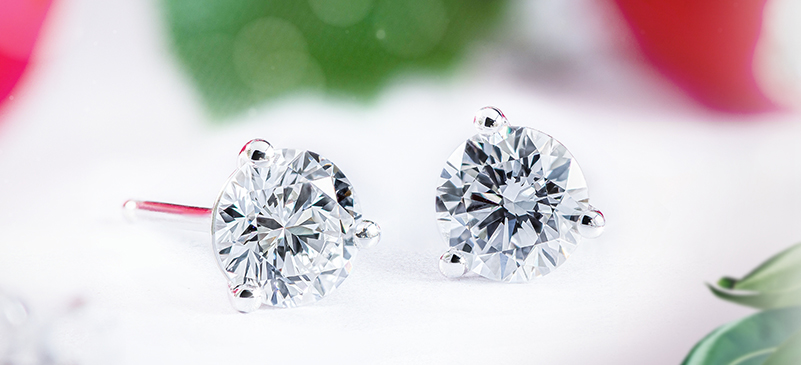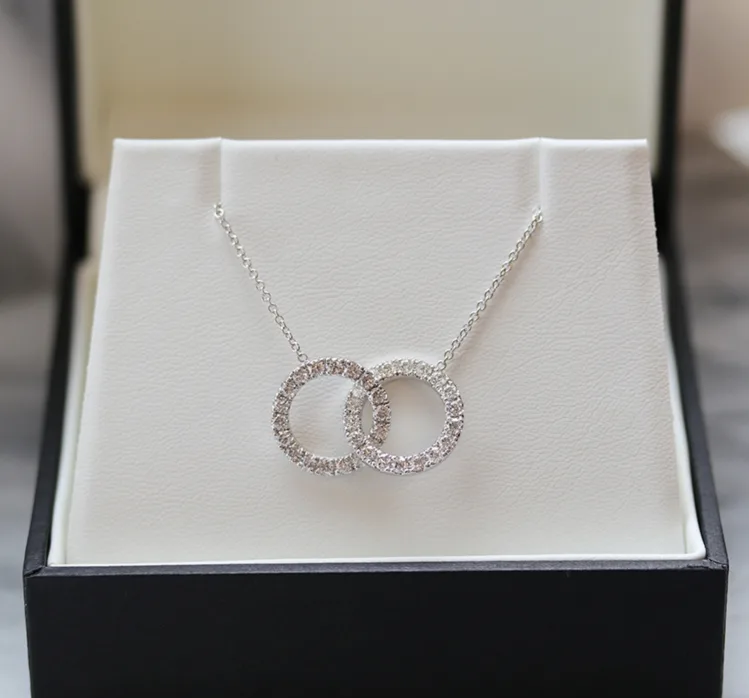Introduction
When it comes to diamonds, the choice between lab-created and mined varieties sparks a significant debate among consumers, jewelers, and environmental advocates alike. Understanding the differences between these two types of diamonds goes beyond their physical appearance—it delves into their origins, environmental impact, ethical implications, and even their market dynamics. This article aims to unravel the complexities surrounding lab diamonds and mined diamonds lab diamonds or mined, helping you make an informed decision based on your preferences and values.
Differences Between Lab Diamonds and Mined Diamonds
Origin and Formation
Diamonds, whether lab-created or mined, share the same chemical composition of carbon atoms arranged in a crystalline structure. However, their journeys to the surface of the Earth are markedly different.
Lab Diamond Formation Process
Lab diamonds are cultivated in controlled environments that replicate the natural diamond-growing process. High-pressure, high-temperature (HPHT) and chemical vapor deposition (CVD) methods are used to simulate the conditions under which diamonds form deep within the Earth’s mantle.
Mined Diamond Formation Process
Mined diamonds are formed naturally over millions of years under immense pressure and heat deep within the Earth’s mantle. These diamonds are brought to the surface through volcanic eruptions or other geological processes.
Quality and Purity
When it comes to quality and purity, both types of diamonds have distinct characteristics that appeal to different consumers.
Consistency of Lab Diamonds
One of the primary advantages of lab diamonds is their consistency in quality and purity. They are generally free from the imperfections and irregularities that can be found in mined diamonds.
Natural Variability of Mined Diamonds
Mined diamonds exhibit natural variability in color, clarity, and size due to their geological formation process. This variability can appeal to consumers looking for unique and natural characteristics in their diamonds.
Practical Considerations
Practical considerations such as diamond quality, availability, and desired characteristics will also influence your decision-making process.Lab diamonds, also known as lab-created or synthetic diamonds, are marvels of modern technology and innovation. Unlike mined diamonds that form naturally over millions of years deep within the Earth, lab diamonds are produced in controlled laboratory environments. These diamonds have the same chemical composition and physical characteristics as their natural counterparts, making them indistinguishable to the naked eye. What sets lab diamonds apart is their ethical appeal—they are inherently conflict-free and environmentally friendly, as their production does not involve mining operations that can harm ecosystems or exploit labor. Moreover, lab diamonds offer consistency in quality and are often more affordable than mined diamonds, making them an attractive choice for conscientious consumers seeking a sustainable and socially responsible alternative without compromising on brilliance or beauty.
Conclusion
In conclusion, the choice between lab-created and mined diamonds ultimately boils down to personal preferences, values, and budget considerations. While both types of diamonds offer unique advantages, such as environmental friendliness and natural beauty, each has its own set of implications that may resonate differently with consumers. Whether you prioritize ethical sourcing, consistency in quality, or the allure of a natural geological wonder, understanding the distinctions outlined in this article will empower you to make a decision that aligns with your values and preferences. As the diamond industry continues to evolve, so too will the options available to consumers seeking the perfect symbol of enduring beauty and elegance.










